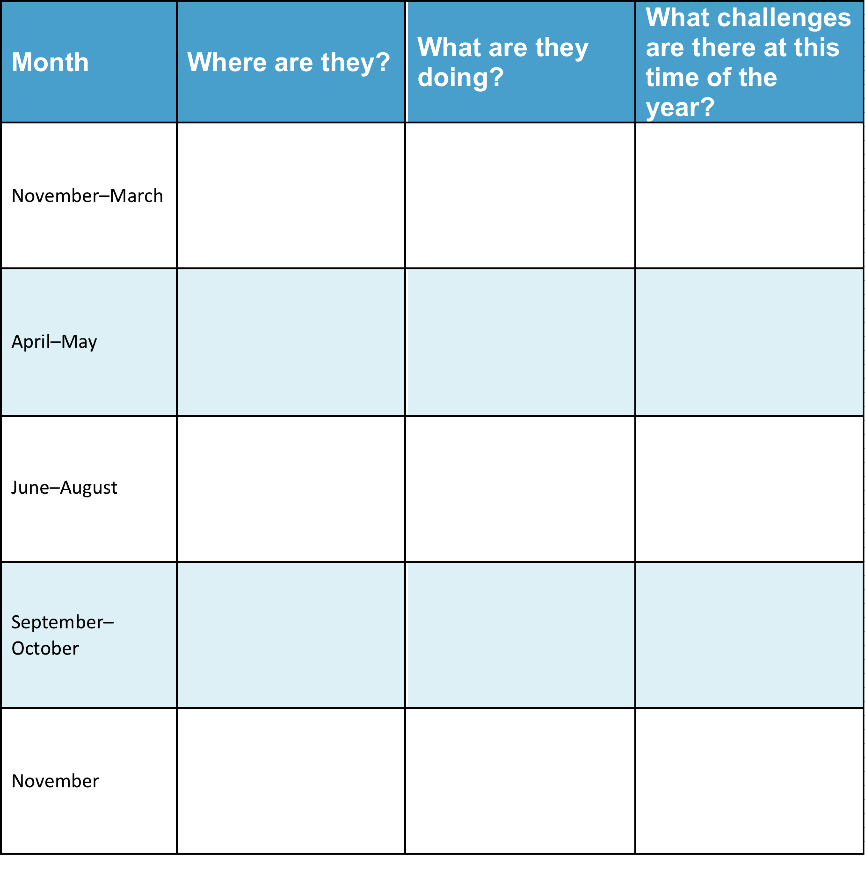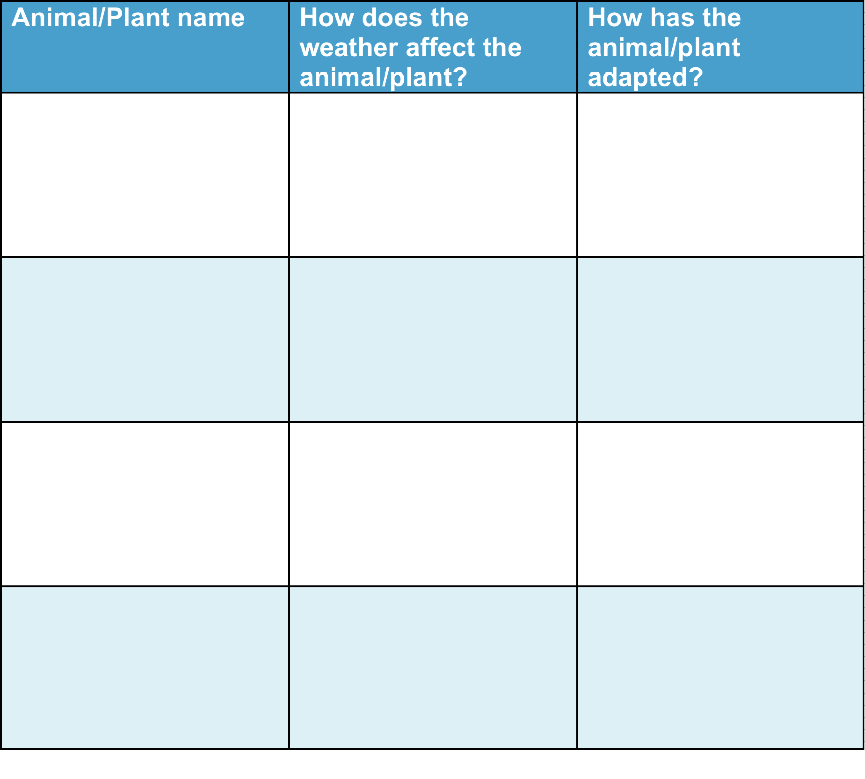Information for Teachers
Curriculum links
Australian Science Standards
BS (ACSSU43) Structural features and adaptations of living things assist their survival
GS (ACHASSK113) The environmental and human influences on the location and characteristics of a place and the management of spaces within them
SS01.3 Sustainable patterns of living rely on the interdependence of healthy social, economic and ecological systems
New Zealand Science Achievement Objectives
LW: The key structural features and functions to the life processes of plants and animals
LW: The importance of variation within a changing environment
LW: The impact of natural events and human actions on an ecosystem
Helpful websites
You may want to direct your students to some or all of these websites to help with their investigations.
The Yellowstone National Park website contains information about many aspects of the park.
https://www.nps.gov/yell/index.htm
https://www.yellowstonenationalpark.com/
See Yellowstone in action by viewing these short videos:
https://www.yellowstonepark.com/park/best-time-visit-yellowstone
https://www.youtube.com/watch?v=b8mxCUf3gj8
Find out about being safe in Yellowstone:
https://www.nps.gov/yell/planyourvisit/safety.htm
How to search the internet
1 Keep your request short
Fewer words will give a more accurate search.
2 Choose exactly what you want
For example: Arctic Circle Climate
3 Use quotes
Double quotes around a set of words tell the search engine to consider those exact words in that exact order without any change. For example: “Arctic Circle Climate”
4 Use the plus sign (+)
If you add a plus sign (+) between words, the internet will search for all the words. For example: migrate+birds+whales+mammal
5 Use the minus sign (–) to say what you don’t want
Use a minus sign (–) to show words you do not want to appear in your results. For example: if you search for burrowing animals and do not want mammals in your search, –mammals will exclude mammals. Note that you need to put a space before the minus sign for the word to be excluded.
6 Be very clear about what you don’t want
Part 1
Ask questions and make predictions
After reading Yellowstone, you may have many questions about the plants and animals in the park or the different ecosystems.
List your questions
- Compare your list with questions that others have.
- Choose a question you would like to investigate.
- You can work alone, with a partner, or in a small group.
You may want to choose one or more of these questions to investigate
Q1. How is Yellowstone similar to other national parks? How is it different?
Q2. Yellowstone is situated on a supervolcano. What is a supervolcano? How does the supervolcano shape the park, and the plants and animals that live there?
Q3. What challenges does Yellowstone face in the future? What is being done to ensure that this amazing national park survives these challenges?
Q4. What is happening to some of the animals found in Yellowstone, such as beavers, wolves, bison, and elk, in other parts of the United States?
Go to Part 2 Plan and investigate →Part 2
Plan and investigate
Do searches in the internet or in books or talk to people who can help to find the information you are looking for.
Your teacher may suggest suitable websites for further information.
Go to Part 3 Record and analyse data →Part 3
Record and analyse data
Find a way of recording your information that will allow you to see any patterns in the data.
You could make a Data Chart for an aspect of the park or an animal or plant that lives there to show what happens throughout the year.
Data Chart for how bears live all year round in Yellowstone
 Download Chart
Download Chart
Go to Part 4 Evaluate the information →
Part 4
Evaluate the information
1. Look over the information you have gathered and the patterns you have found.
How does the weather affect the animals or plants throughout the year?
How have the animals or plants adapted so that they can survive and thrive in this often-harsh climate?
2. Search for other patterns.
3. Makes notes about what you find.
Go to Part 5 Communicate and share ideas →Part 5
Communicate and share ideas
Look over all of the information that you have gathered in your investigation.
What are the most important ideas about your topic?
Make a chart showing the most important ideas.
 Download Chart
Download Chart
← Return to menu
